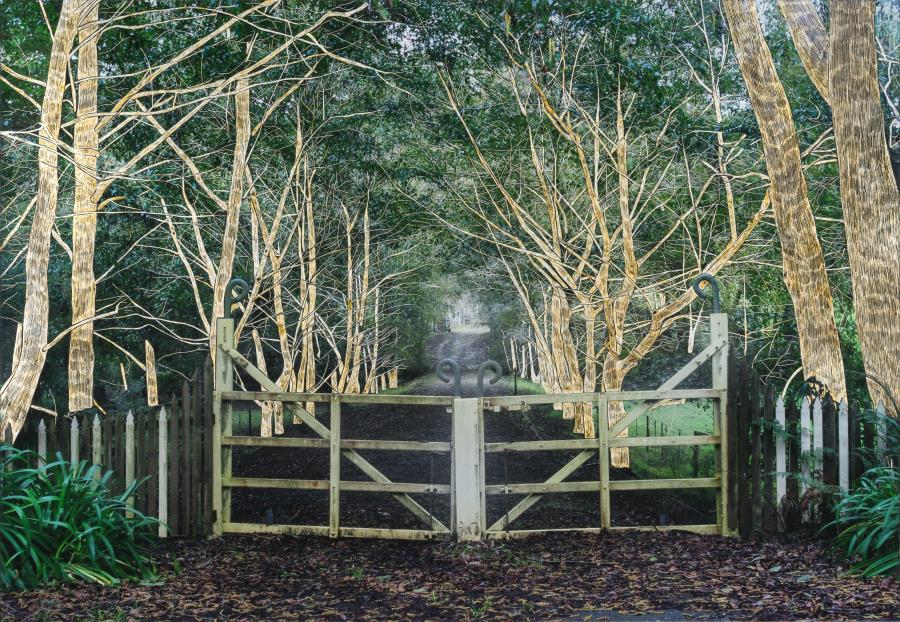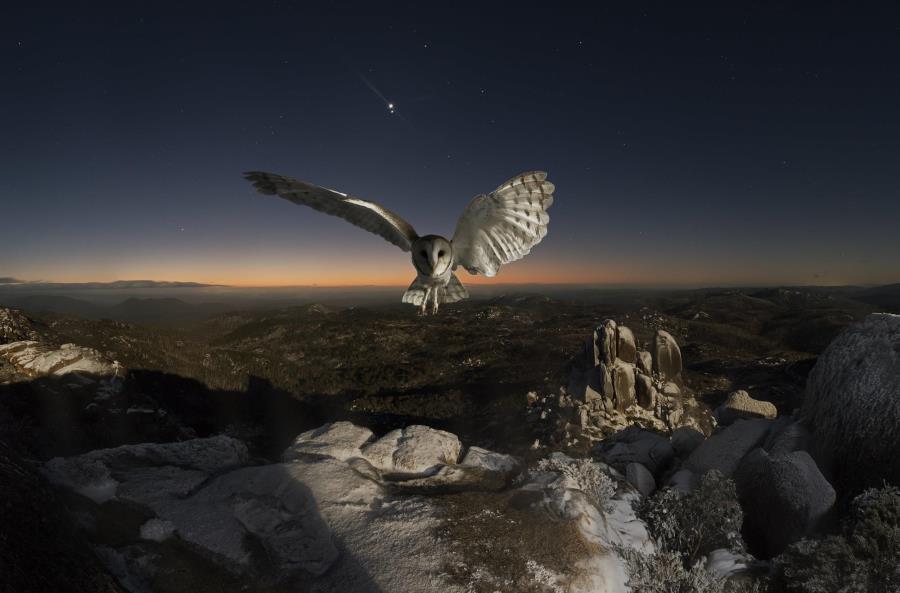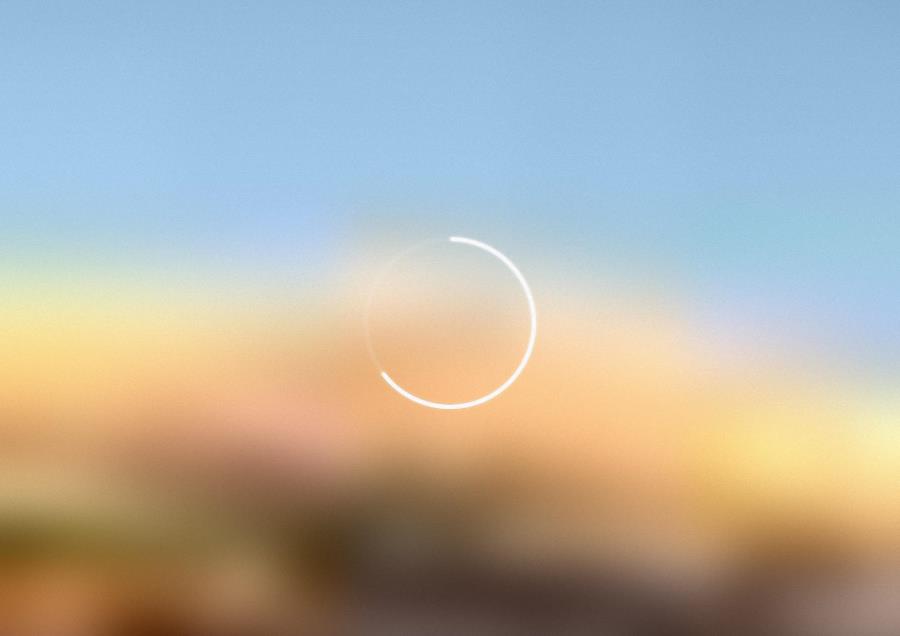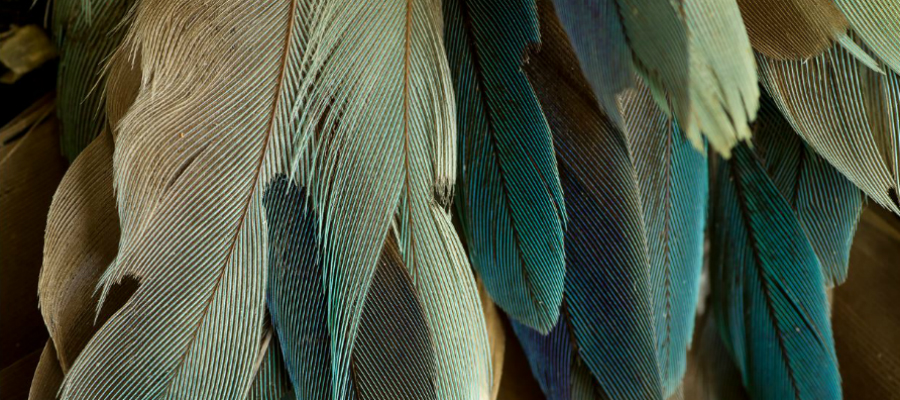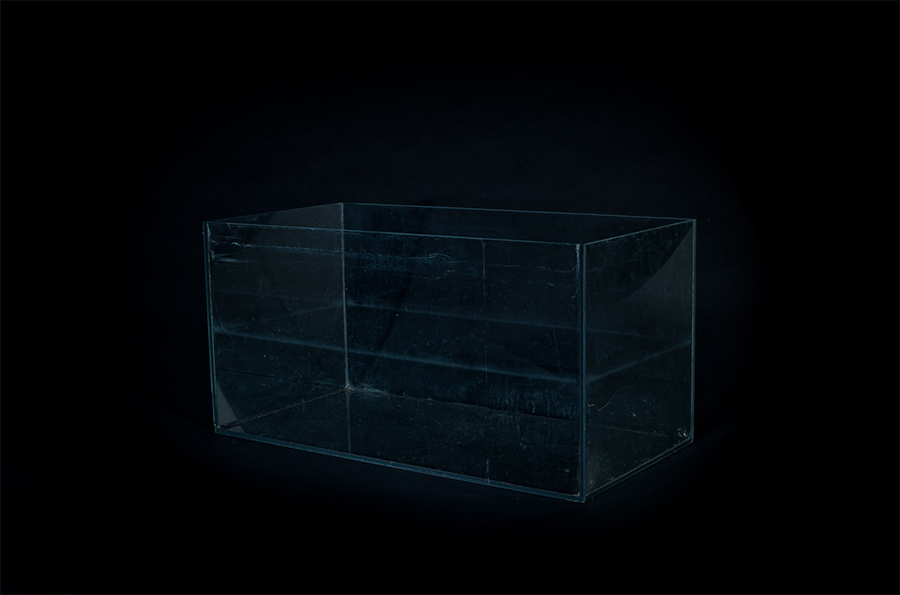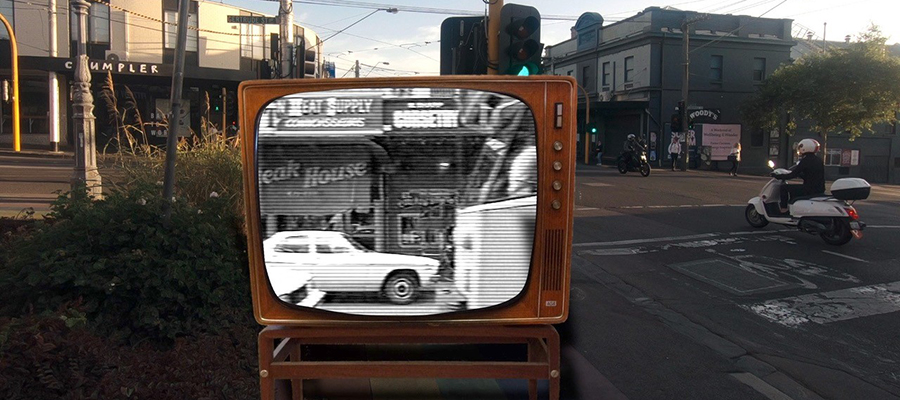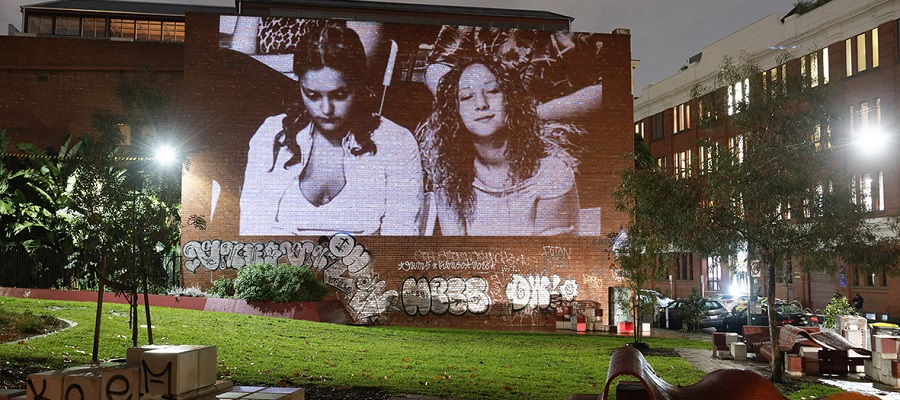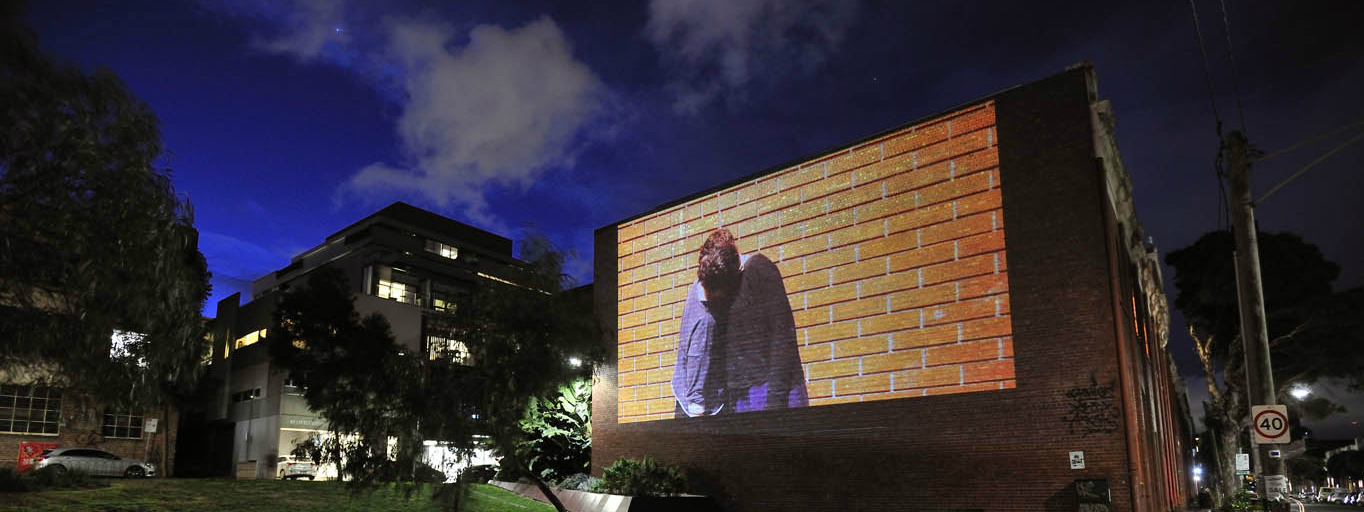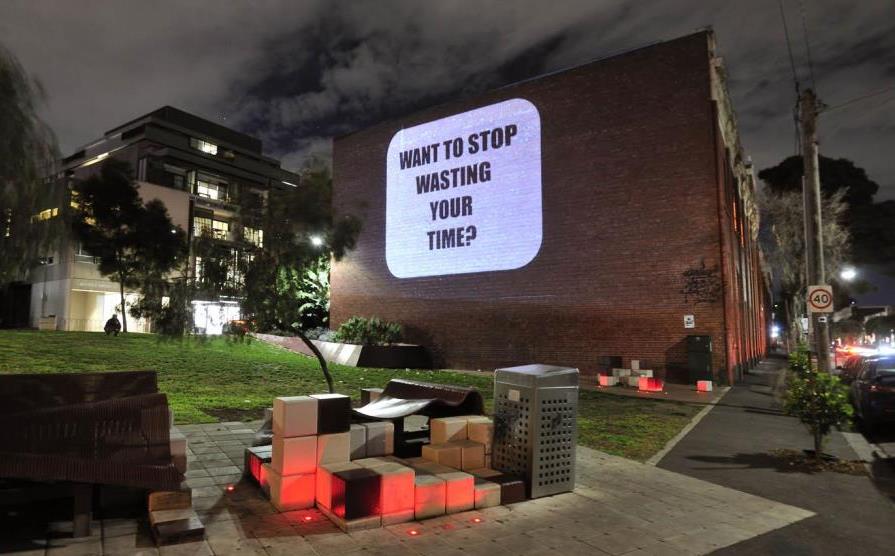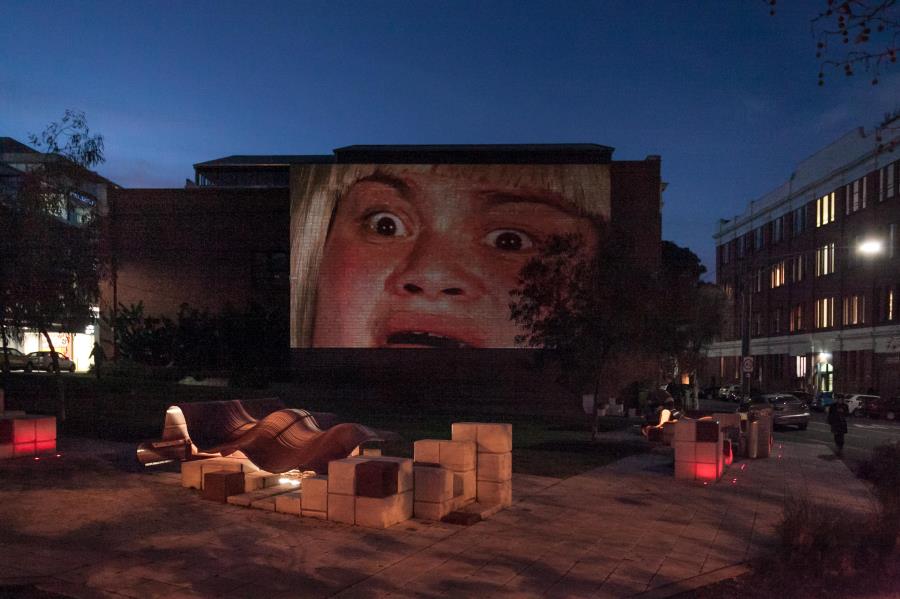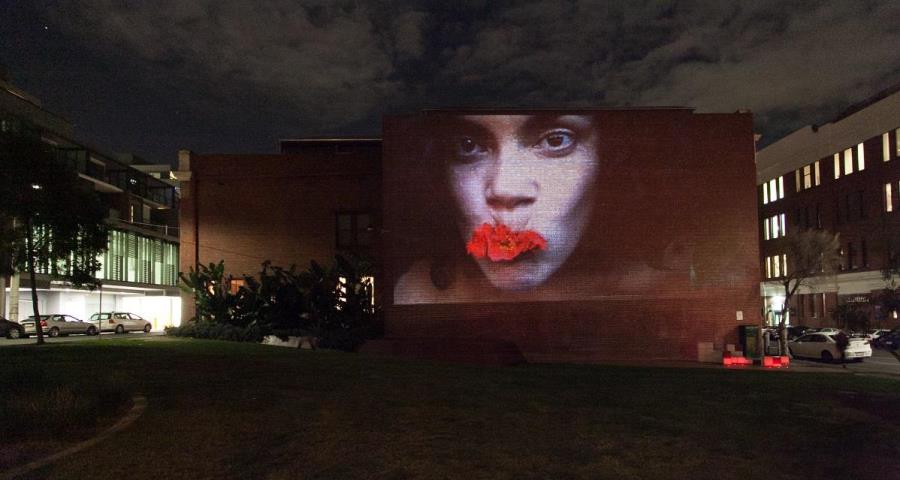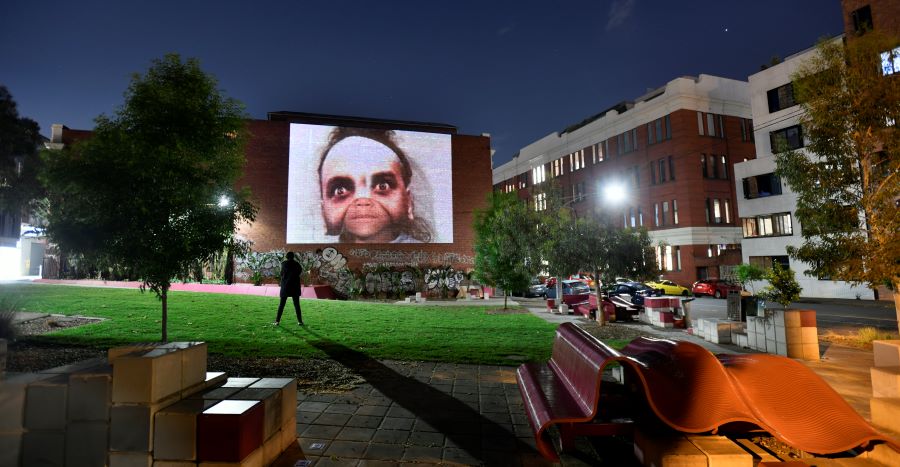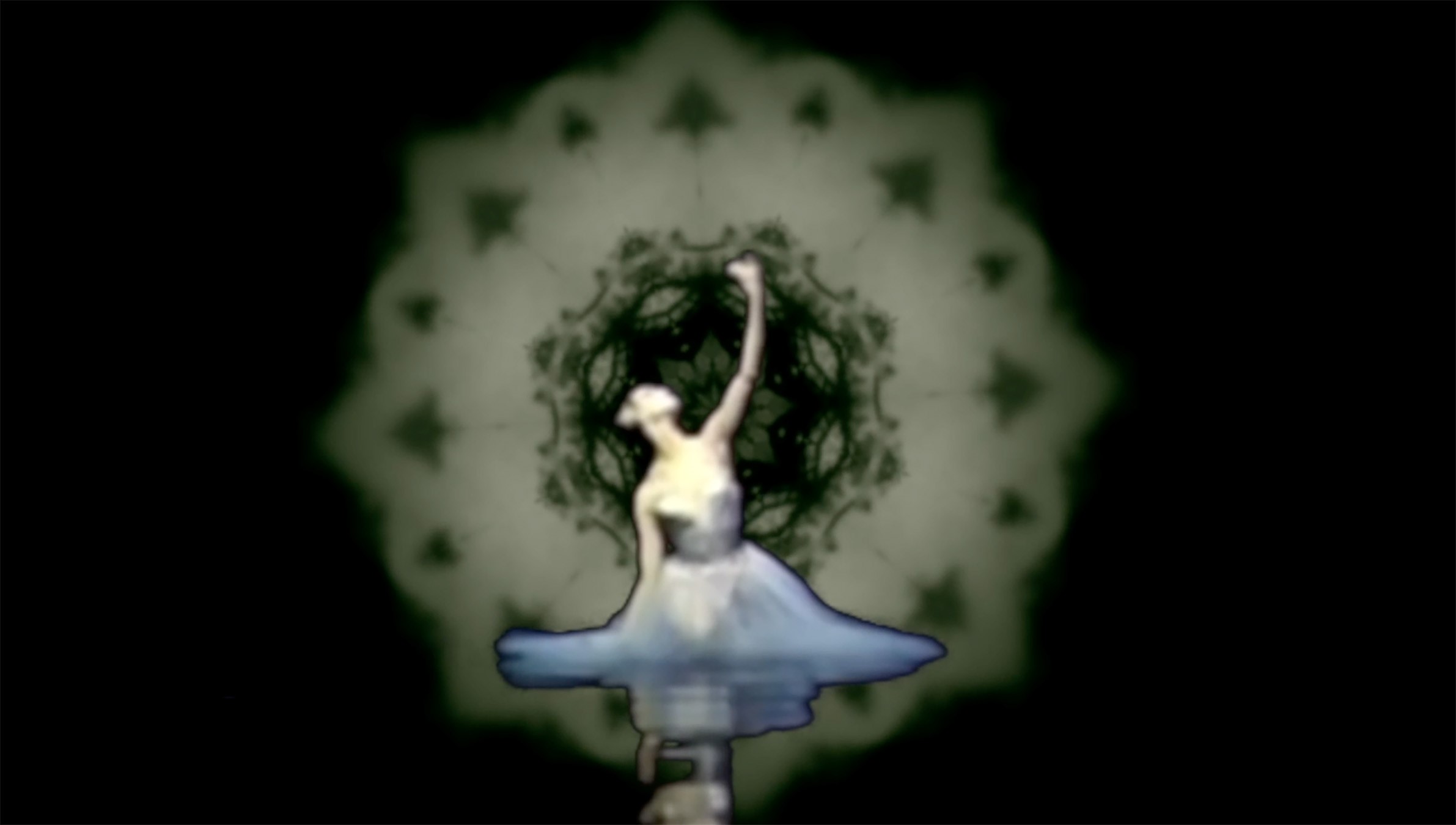Reduction has become a contemporary imperative, a mantra for both our civic and personal well-being. To use less, to want less, to reject the superfluous. Speaking through the doctrines of Modernist abstraction, contemporary lifestyle minimalism and retirement advice, the reductive ethos is subliminally transmitted to the viewer using the flash frame technique – an efficient process developed for training WW2 fighter pilots.
Since 1995 Martine has exhibited widely in individual and group exhibitions, locally, nationally and internationally including works such as Torrent exhibited at Contemporary Art Tasmania and Centre for Contemporary Photography, 2015 and Tide exhibited at West Space, 2012. Subjects such as the reductive representation of bodies of water and the natural and unnatural landscape contributed to the theme of her PhD research project titled: Cartoon and the Cult of Reduction completed at the Victorian College of the Arts, University of Melbourne in 2017.
Martine is a senior lecturer in the School of Art RMIT in interdisciplinary art practices ranging from drawing, animation and expanded media installation.




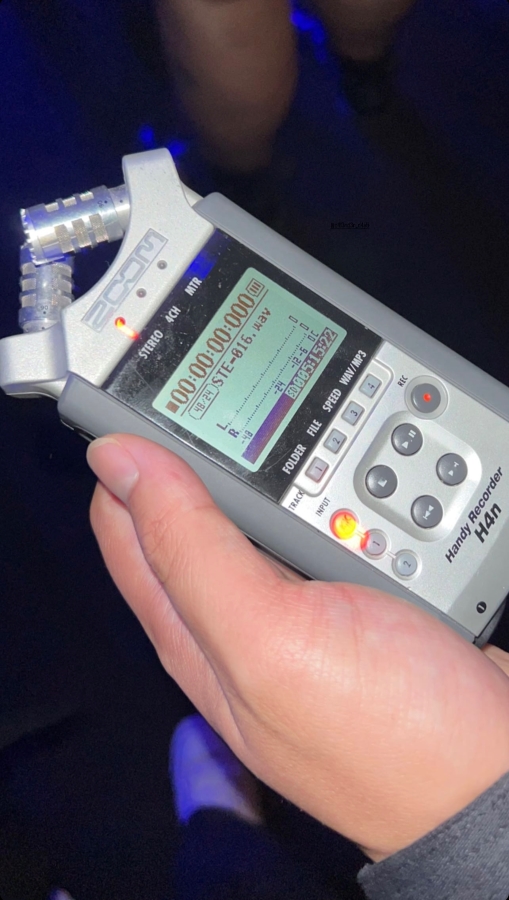

.jpg?h=632&la=en&w=900&hash=3A16D38E590E07A27EA4F6F81F565F60155E08AF)
